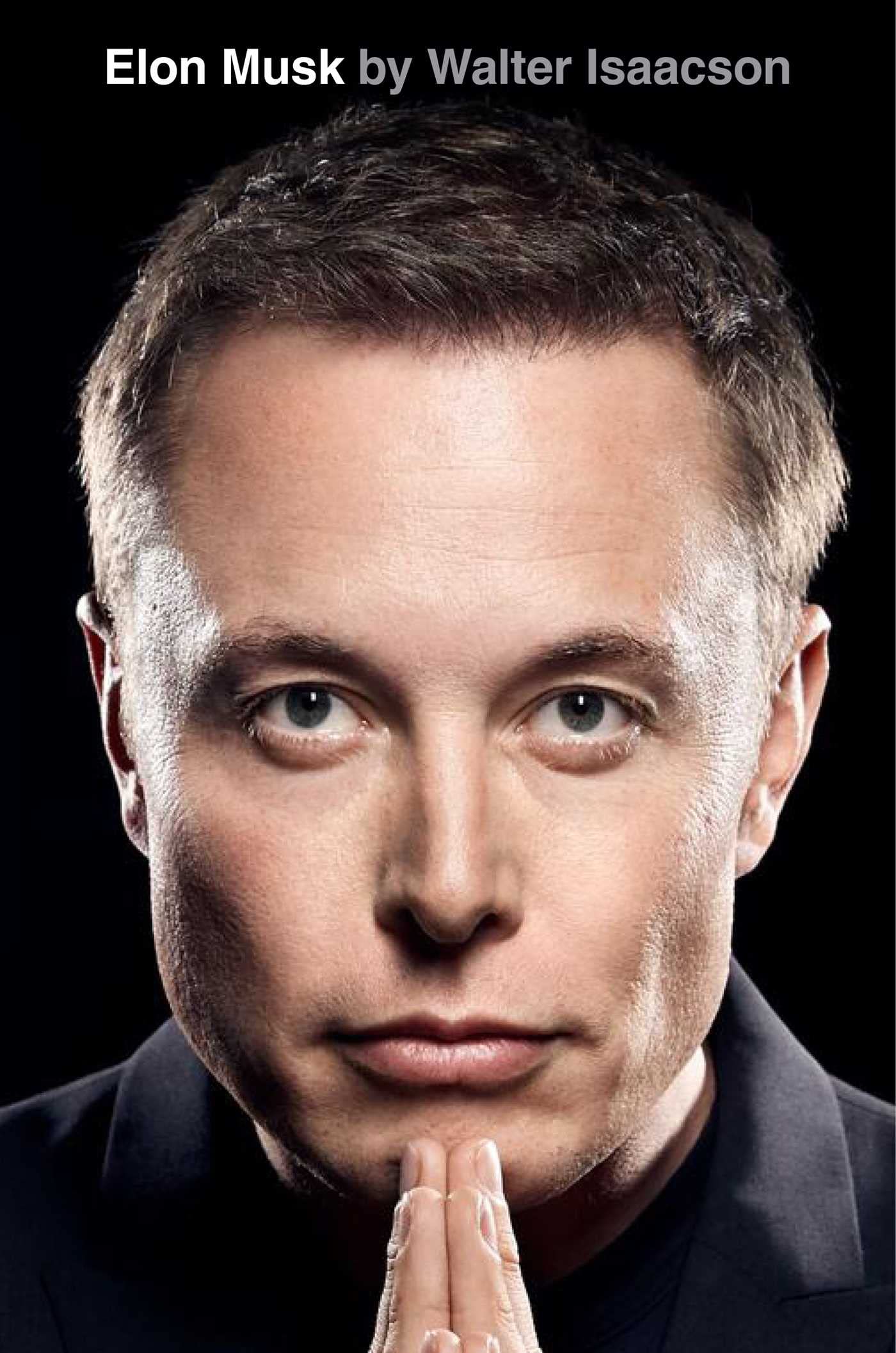21. The Roadster
byThe Roadster marked a defining moment for Tesla and set the foundation for the company’s transformation within the electric vehicle (EV) industry. Initially, Tesla’s co-founders, Martin Eberhard and Marc Tarpenning, envisioned producing the Roadster by outsourcing critical components from various global suppliers, a typical strategy in the automotive sector. However, Elon Musk, upon his arrival and eventual leadership at Tesla, fundamentally challenged this approach, opting instead for a vision where Tesla would have in-house control over its essential components, despite the added complexity and expense this would entail. Musk’s desire to control the entire process was driven by his belief that innovation and quality could only be guaranteed if Tesla wasn’t relying on external suppliers, setting the company apart from traditional car manufacturers and establishing a bold new direction.
As the team worked tirelessly to turn the Roadster into a reality, the process was far from smooth. The Roadster was built on the platform of the Lotus Elise, which presented challenges related to integrating parts from various suppliers into one cohesive vehicle. However, this was merely the beginning of the difficulties that Tesla would face during the Roadster’s development. Despite the technical challenges, there was palpable excitement within the company when the team saw their hard work come to fruition with the first test models. Musk, increasingly involved in the development of the Roadster, brought his relentless drive for perfection to the design, influencing not just the engineering but also the aesthetics of the car, which would become Tesla’s first production model. His involvement was crucial in ensuring that the Roadster would not just be another electric car but a sleek, high-performance vehicle that could challenge the status quo.
Musk’s focus on quality often clashed with the more pragmatic approach of Eberhard, especially when it came to managing the costs and timeframes for production. For example, Musk’s insistence on using carbon fiber for the Roadster’s body, opting for aesthetics and performance over cost-efficiency, was one of many decisions that strained the budget. As Musk pushed for revisions to enhance the vehicle’s design and performance, Eberhard pushed back, arguing that the team should focus on sticking to budgets and timelines to ensure Tesla’s financial stability. This tension between the ambitious, forward-thinking Musk and the more cautious Eberhard exemplified the growing pains of a startup navigating the high-stakes world of automotive manufacturing. Ultimately, the clash between vision and practicalities became one of the driving forces in shaping Tesla’s culture, pushing Musk to take on a more prominent role and driving him to take risks that he believed were necessary for the company’s future.
When Tesla finally unveiled the Roadster, it was more than just the release of a new car—it was the dawn of a new era in the electric vehicle industry. The Roadster captured the imagination of the public, marking the first time a fully electric car had the performance and desirability of a sports car. Tesla’s success in creating an electric car that wasn’t just functional but aspirational was a game changer. Celebrities, tech enthusiasts, and environmental advocates flocked to Tesla’s showrooms, eager to own a car that represented cutting-edge innovation and a commitment to sustainability. The Roadster’s success set the stage for Tesla’s next moves, opening the door to further electric vehicle innovations, as Musk outlined in his “Secret Tesla Motors Master Plan.” This strategic roadmap envisioned scaling up production, bringing electric vehicles to the masses, and eventually changing the entire automotive industry by pushing electric cars beyond niche markets and into mainstream appeal, a vision that Tesla is still pursuing today.
Despite the early setbacks, the Roadster’s release laid the foundation for Tesla’s future success, showing that with a mix of visionary leadership and uncompromising dedication, even the most audacious goals could be realized. As Tesla continues to expand its lineup of electric vehicles, the Roadster remains a significant milestone in the company’s history—a symbol of the bold risks taken and the visionary leadership that drove Tesla to the forefront of the electric vehicle revolution. It serves as a testament to how a company, even in its early years, can alter the course of an entire industry with a single product. The Roadster was not just a car; it was a statement of intent, a precursor to the revolution that Tesla would lead in the automotive and energy industries.


